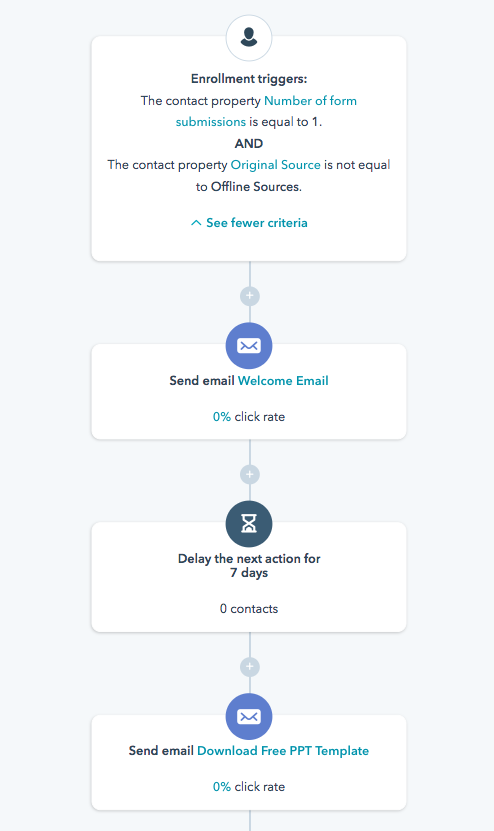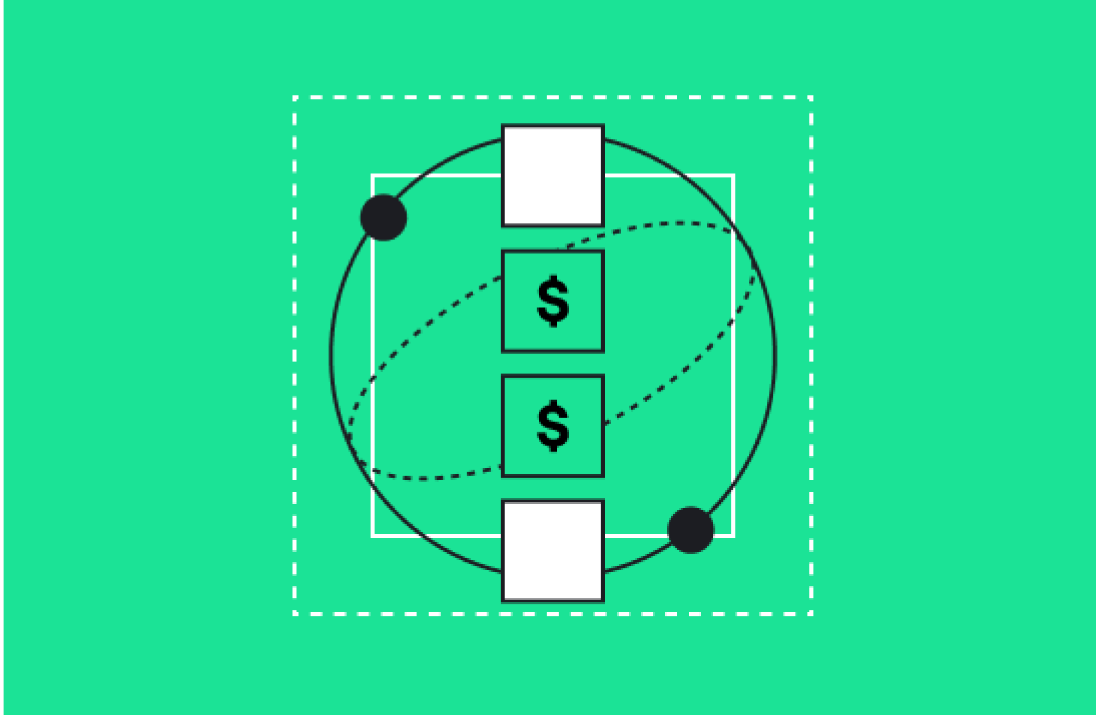Automation has become an integral part of modern businesses, helping organizations manage their ever-increasing operations and customer demands. Lifecycle automation is one of the most important tools for managing customer journeys. Through lifecycle automation, companies can streamline the customer journey and provide a better experience across multiple touchpoints.
Here, we'll explore the B2B lifecycle and the different workflows that can power movement through the customer journey funnel.
What Is a Lifecycle in Marketing?
In marketing, a lifecycle represents an individual’s journey with your brand as they move through different stages of engagement. It typically consists of multiple stages, starting with awareness and ending with the post-purchase period.
B2B lifecycles tend to be much longer than B2C lifecycles. Consumers don’t tend to have long-standing relationships with businesses, with some exceptions, whereas businesses may have contracts with other businesses for years at a time.
The lifecycle approach is inherently customer-centric. It helps marketers better understand their target audience by tracking customers' behavior and interactions with the company at each stage of their buyer journey.
Each phase has its own set of goals, objectives, and strategies to help guide customers from mere prospects to loyal customers and brand advocates.
The lifecycle approach is excellent for automation, especially in B2B settings. Automated workflows enable companies to engage in lifecycle management at scale, without missing opportunities to engage with customers, deliver personalization, and move customers further down the funnel.
The Pillars of Lifecycle Marketing
The four basic pillars of lifecycle marketing are Acquire, Engage, Convert, and Retain. These are the primary areas where marketers should focus their attention when building a successful customer experience strategy and lifecycle marketing model.
Acquire
Acquire involves acquiring new customers or leads through various channels such as email campaigns, social media advertising, and content creation. This pillar is focused primarily on awareness and education. The primary goal should be to deliver value to potential customers.
Engage
Engage involves engaging with potential customers through personalized emails or messages. This is a much more direct approach than the acquire pillar, which focuses primarily on awareness. When you are engaging potential customers, you typically have some data as to who they are and what their needs are.
Convert
Convert involves turning prospects into paying customers by providing them with an easy-to-use checkout process or personalized coupons or offers. This pillar is much more sales-oriented than the previous pillars.
Retain
Finally, Retain focuses on building customer loyalty and retention by offering incentives like loyalty programs or special deals on repeat purchases. This pillar takes place after the customer has become a customer—after they’ve made their first purchase.
In B2B settings, the retain pillar is perhaps the most important, as it’s what ensures your company generates continuing revenue from long standing clients.
CRM vs. Lifecycle Management
While both customer relationship management (CRM) and lifecycle management have similar goals—to better understand customer behavior—they differ in how they go about achieving those goals.
CRM focuses on managing external relationships with current and potential customers while lifecycle management focuses on understanding individual customer behaviors over time to drive more effective marketing strategies.
While CRM provides insights into customer data such as demographics and buying history, lifecycle management combines these insights with predictive analytics to form more comprehensive customer profiles. These profiles then enable marketers to create tailored experiences for each customer throughout their entire journey with the brand.
Strategies to Power Funnel Movement
There are several automated workflows and other strategies that can help with the different pillars of lifecycle management. How you deploy these workflows will depend on your business and your customer’s unique needs. However, some workflows are better-suited to certain pillars than others.
For example, a personalized email workflow offering a discount or other offer is likely better suited to the Engage or Convert pillars. Similarly, a survey workflow to identify customer sentiment is probably only appropriate in the Retail pillar.
Here are a few workflows and strategies you should consider as part of your lifecycle marketing strategy.
Personalization Tokens
Personalization tokens are placeholders that represent property values for CRM objects like contacts. One of the most commonly used personalization tokens is the contact's name, which might be represented by “[Contact: First Name]” in a personalized email or another message.
As you can imagine, personalization tokens can be used for almost any property value you can think of, whether it’s a contact’s name or the amount a B2B client has spent with your company over a given quarter. This makes them a versatile tool for personalizing messages and pushing customers further through the funnel.
Smart Content
Smart content works similarly to personalization tokens in that it changes depending on who is viewing it.
For example, using cookies, you can identify return customers when they access your website. You can then program smart content to display different messages depending on who is visiting your website.
A loyalty member might see a “welcome back” message and a log-in pop-up on your homepage, whereas a new visitor might see information about your business and a form to fill out to become a member.
CRM Nurturing Workflows
Nurturing workflows depend on “if/then” logic to determine how contacts or companies move through the workflow and what status changes are updated about them in your CRM. Generally, they are designed to convert contacts or companies in your database from one stage to the next.
A contact enrolled in a workflow could become a marketing qualified lead (MQL) if they engage with one of the messages you send them. Likewise, an MQL could become a sales-qualified lead (SQL) if they show interest in purchasing one of your products or services.
In HubSpot, you can create a nurturing workflow that enrolls new contacts into an engagement sequence. Each message or touchpoint can be tailored to encourage them to engage, pushing them further down the funnel.
Email Marketing Workflows
Email marketing workflows are like CRM nurturing workflows, but they are specifically designed to help you manage your email marketing campaigns. These workflows can automate tasks such as sending emails, responding to customer inquiries, and managing unsubscribe requests.

(Source: HubSpot)
You can leverage email marketing as a nurturing tool by sending regular email updates encouraging contacts to engage. Automated emails can also be leveraged as a tool for regular service. For example, if a customer makes a purchase, you can create an automated email workflow to send them a receipt, then add personalized recommendations for additional purchases.
Increase Customer Value with Lifecycle Automation
Lifecycle automation is an effective way to build better relationships with your customers while gaining valuable insights into their behaviors over time to increase ROI from your campaigns and generate more sales over time.
By leveraging the four pillars of lifecycle marketing—Acquire, Engage, Convert & Retain—as well as automated workflows, you can start creating tailored experiences for each customer right away.
To learn more about how lifecycle automation can help your business, contact us today at Aptitude 8.





